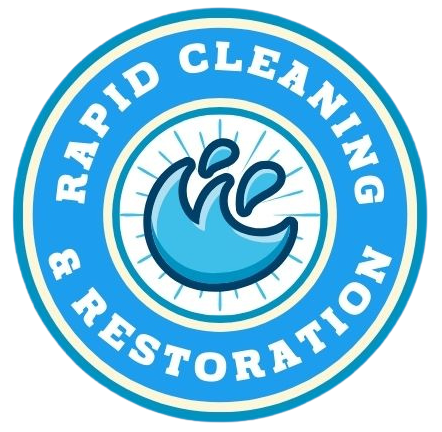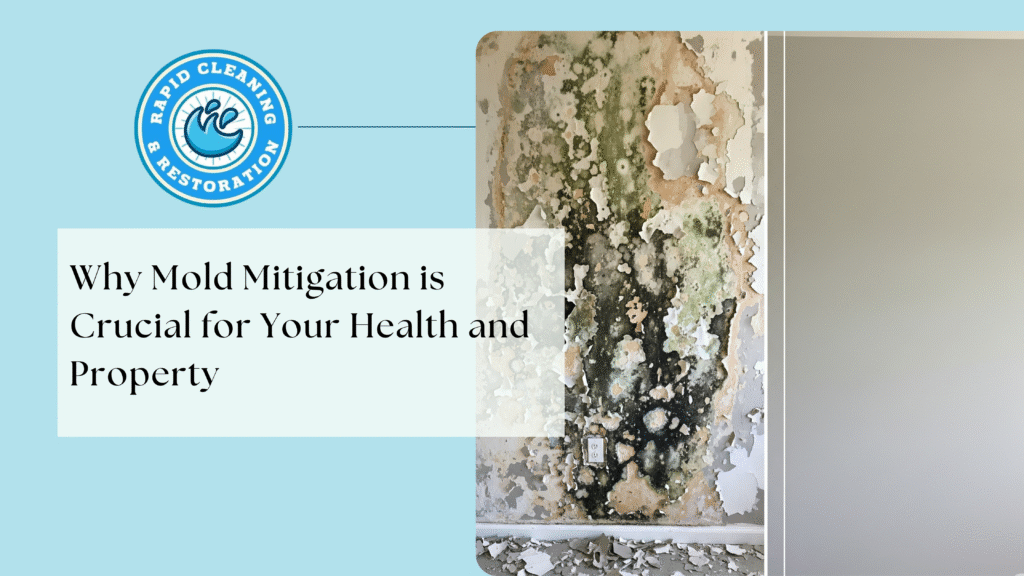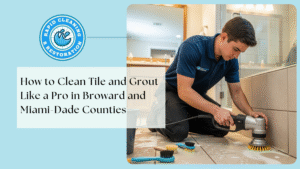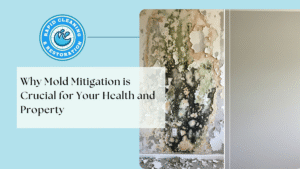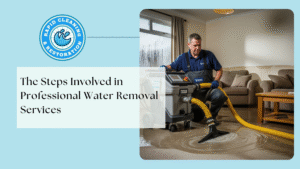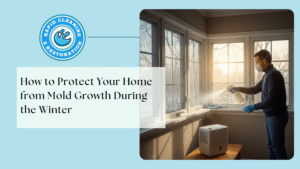Introduction
Mold is more than just an unsightly problem; it’s a serious threat to your health and property. Whether it’s creeping up behind walls, under carpets, or inside your HVAC system, mold can cause structural damage and health complications if left untreated. Mold mitigation isn’t just about removing visible mold; it’s about addressing the root cause to prevent future growth and protect both your living space and well-being.
Understanding Mold and How It Spreads
Mold is a type of fungus that thrives in damp, humid environments. It spreads through microscopic spores that float in the air and settle on moist surfaces. Common causes include water leaks, flooding, poor ventilation, and high indoor humidity levels.
Why Mold Mitigation Should Be a Priority
Ignoring mold growth can have both immediate and long-term consequences. Effective mold mitigation ensures the removal of existing mold colonies and prevents them from coming back.
1. Health Risks of Mold Exposure
Mold can trigger a variety of health issues, particularly for individuals with allergies, asthma, or weakened immune systems. Common symptoms include:
- Sneezing and a runny nose
- Itchy eyes and skin irritation
- Persistent coughing and wheezing
- Severe respiratory issues in sensitive individuals
Some molds, like Stachybotrys chartarum (black mold), can produce mycotoxins, which pose additional health hazards.
2. Structural Damage to Your Property
Mold doesn’t just grow on surfaces; it eats away at them. Over time, mold can cause:
- Wood rot in flooring and walls
- Deterioration of drywall and insulation
- Damage to carpets, furniture, and fabrics
Left unchecked, mold can compromise your home’s structural integrity, leading to costly repairs.
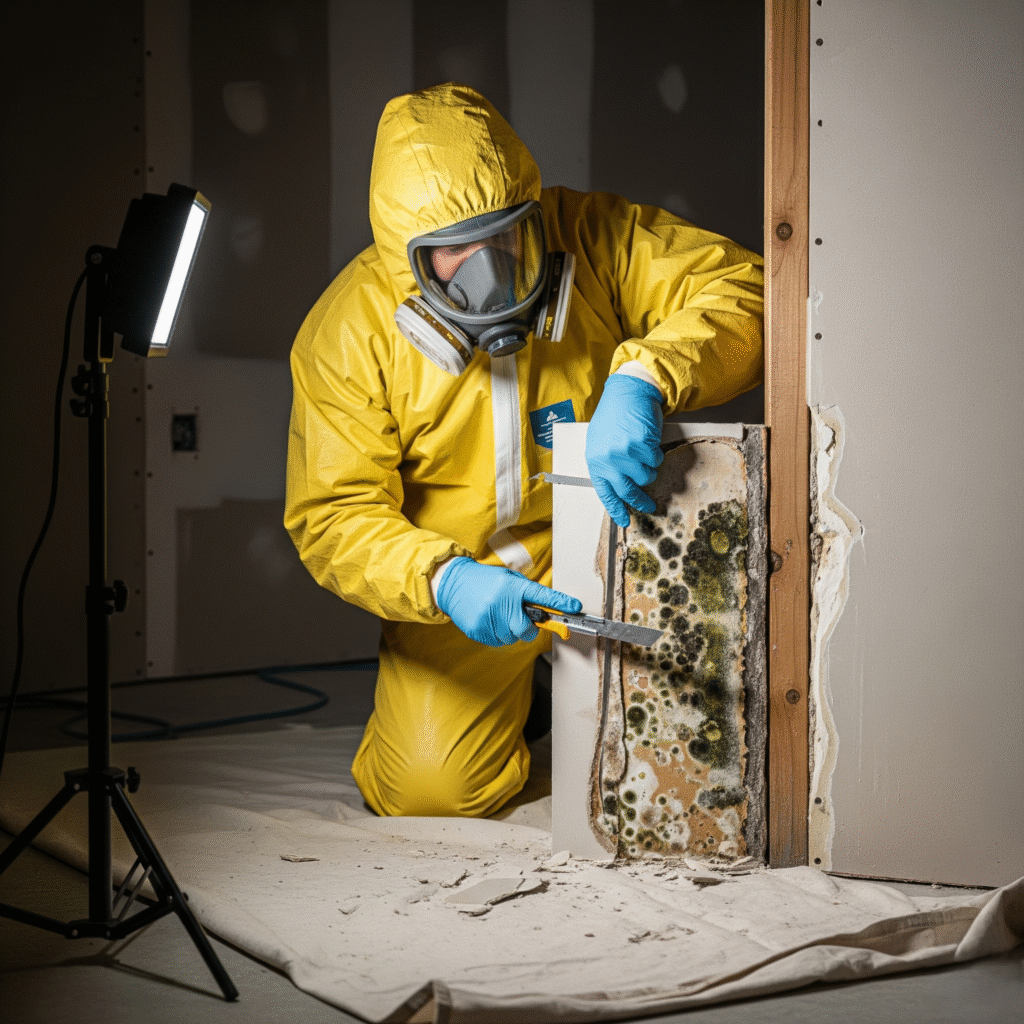
3. Mold Mitigation vs. Mold Removal
While mold removal simply gets rid of visible mold, mold mitigation is a comprehensive process that eliminates mold at the source and addresses conditions that allow it to grow. This includes:
- Identifying moisture sources
- Drying and dehumidifying affected areas
- Applying antimicrobial treatments
- Restoring damaged property
Mitigation ensures long-term prevention rather than a temporary fix.
The Mold Mitigation Process
A professional mold mitigation process typically involves several key steps:
1. Inspection and Assessment
Experts use moisture meters, infrared cameras, and air quality testing to locate hidden mold and identify moisture problems.
2. Containment
To prevent spores from spreading, containment barriers and negative air pressure systems are used during removal.
3. Air Filtration
High-efficiency particulate air (HEPA) filters capture airborne spores and improve indoor air quality.
4. Mold Removal and Cleaning
Specialized cleaning agents and tools are used to remove mold from affected surfaces.
5. Repairs and Restoration
Damaged materials are replaced, and preventive measures like dehumidifiers are installed.
How to Prevent Future Mold Growth
While professional mold mitigation is essential for severe cases, prevention is the best long-term strategy. Here’s how you can keep mold from returning:
- Fix leaks immediately
- Use exhaust fans in bathrooms and kitchens
- Maintain indoor humidity below 50%
- Clean and dry wet areas promptly
- Schedule regular HVAC inspections
The Cost of Delaying Mold Mitigation
Many homeowners underestimate mold because it often starts in hidden places. The longer you wait, the more damage and expense you face. Mold spreads quickly, and what could have been a simple cleanup can turn into major structural repairs.
Conclusion
Mold mitigation is not just about keeping your home clean; it’s about protecting your health and preserving your property’s value. Acting quickly when you notice signs of mold can save you from expensive repairs and health problems in the future. Whether you’ve spotted mold or simply suspect it, professional mold mitigation is the safest and most effective solution.
